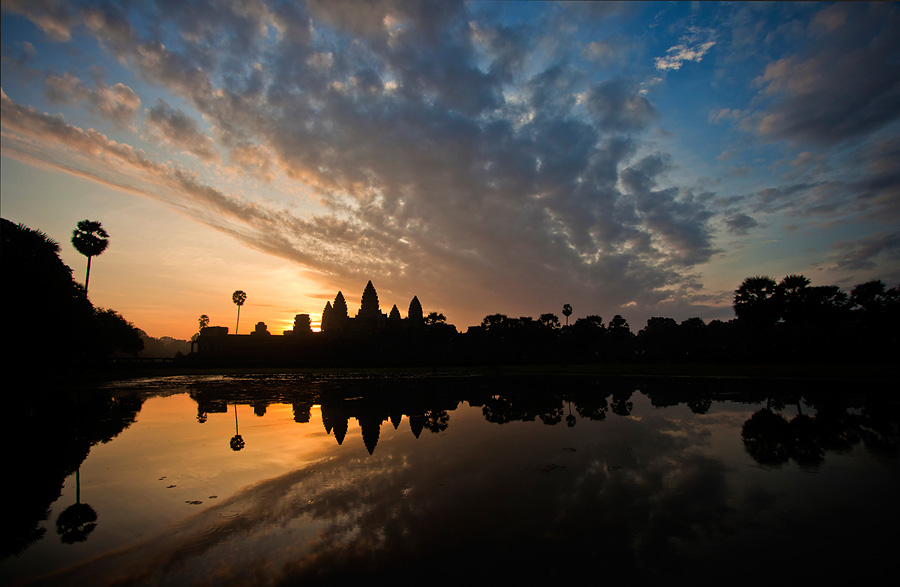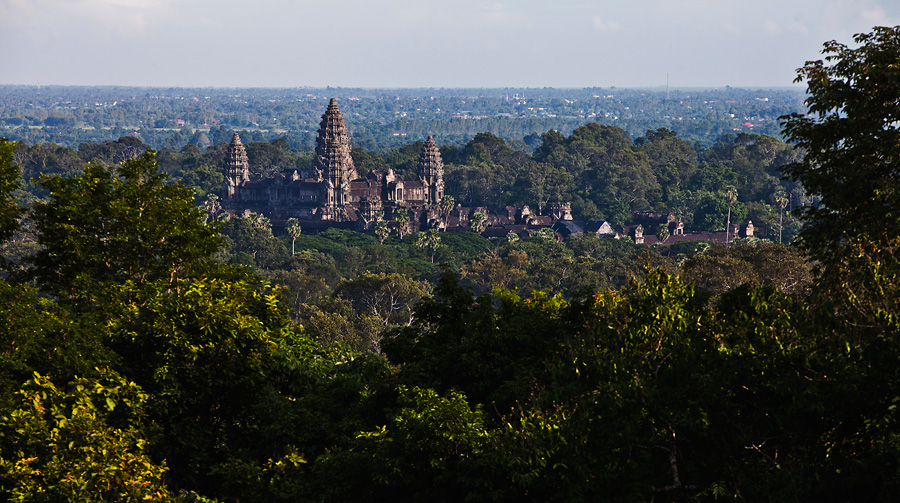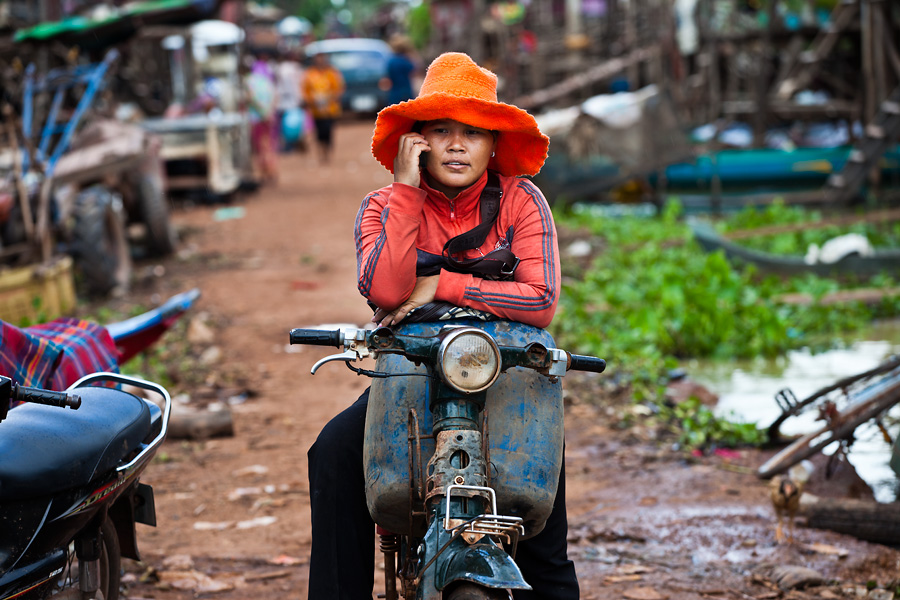It was nearly a thousand years ago when Khmer Kings commissioned the construction of gigantic temples on the edge of Tonle Sap Lake. They probably never had envisioned a future where people from across the world would come to visit their creations even centuries after their kingdom ceased to exist.
Siem Reap, the gateway city to the temples of Angkor receives more than two million visitors every year. This means, unless you go in the sweltering heat of summer months, you will never be able to find a lonely spot devoid of crowds anywhere in the large temples spread across the landscape. This has become such an important consideration for some travellers, a few travel agencies claim to keep informers in every temple and help their clients find less crowded spots!

With the crowds growing every year, Siem Reap’s attractions are no longer limited to the ancient temples. Travellers suffering from temple-fatigue can pick from a wide choice of activities and entertainment geared towards the tourists – such as a circus, joy-rides on all-terrain vehicles, visits to crafts villages and much more. And when the darkness falls, there is always the pub-street where an amazing choice of restaurants serve up food and drinks from across the world.
Walking the long wooded path towards Beng Melea Temple, I heard a mild sound of music coming through the air. It grew on me as I closed-in to its source – a bunch of uniformed men on a raised platform not far from the temple entrance. From a distance, something appeared to be wrong. As I got nearer, I realized that some of them were missing an arm, some were blind and some wore artificial limbs. A sign nearby informed that they were the victims of Cambodia’s landmine problem, making a living playing music for the tourists visiting the temples. There were music CDs available for $10 or if you did not want to buy one, you could always sit and listen and leave a donation.

Angkor Wat Temple in the tropical jungles of Cambodia. On the approach to some of the temples in the region, you will meet musicians who were victims of landmines planted across Cambodia in the seventies and eighties.
This was my first encounter of victims of Khmer Rouge’s days. From the days of civil war many decades ago, landmines buried across the country, especially in border areas, had claimed thousands of victims. Although a large number of them have been de-mined now with great effort, they still lurk in the remote jungles and occasionally explode on an unsuspecting rambler.
This photograph was made in a small village at edge of Tonle Sap Lake. It was a sunny afternoon and I was walking with my Cambodian friend along the narrow street that connected practically every house in the village. Houses on both side of the road were built on stilts to make room for rising water levels during the high season. At some point, when the village ended and the vast expanse of Tonle Sap began, the road dipped into the water and disappeared. I was standing at the edge of water and watched the life go by. Children played, ran behind each other and splashed water on their friends. Adults went about their daily transactions – some people conversing leisurely with their neighbours, some bringing in fish for sale, some transporting goods on their motorcycles. The one common thread among all of them was the leisurely pace they did things in. No one was in a hurry, no one was anxious and no one looked like they took anything seriously. Most importantly, no one appeared to be worried about the next day and no faces showed creases on the forehead.

At some point, I turned around to look at the road I walked through, and found this charming lady in a saturated orange jacket and a hat riding towards the edge of the water. She, rather her clothes, instantly caught my attention.
Her bike was also of equal interest. The two-wheeler seemed to be counting its days and ready to disintegrate into the earth any moment. And yet, this isn’t the most ramshackle automobile I have seen in Cambodia – they ride bikes in much worse conditions, usually functioning fairly well. Honda Dream is the most popular mode of transport in the country, and perhaps the longevity promised by Japanese automobile companies plays a key role here.


